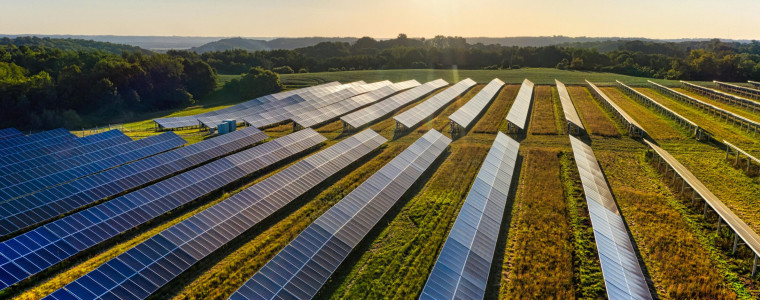Where a landowner has been approached by Developers of Wind or Solar Farms, it is important to consider the following issues so that the documentation finally entered satisfactorily protects you.
Below are some issues to consider when dealing with Developers of Wind and Solar Farms:
Who is the developer?
- Who is the Developer proposing to operate the wind or solar farm and what is their track record? It is not uncommon for these developments to be put in place and then on sold to a third party who will take over the Development and whose track record may not be as good. Assignment arrangements need to be fully disclosed in the documentation and a degree of control needs to remain with the Landowner in this regard.
- At what stage has discussion reached regarding the Purchaser of the power from the proposed wind or solar farm.
Location, draft plans, facilities
- It is important that the actual location of the turbines or solar panels are known at the early stage of discussions, together with the size and dimensions of the area required for wind or solar farm and any conditions precedent, particularly as to draft plans in the initial documentation and final plans. These arrangements need to be locked into the documentation to avoid later disputes.
- Whether easements, use of tracks, transmission lines, battery storage facilities and substation locations need to be identified and the cost to be paid for these by the Developer are to be clearly specified in the documentation.
Government Bodies
- What is the current position regarding the Developer’s discussions and negotiations with the various government bodies who are to approve the development and the timeframes for final approval together with funding arrangements. These approvals often take a long time to get and may influence the decision of whether to proceed with the developer as opposed to dealing with another developer
Fees
- What are the fees to be paid? This include the fees for the option to grant a Lease, access licenses and the rent to be paid under the terms of the Lease for each turbine and its output and the area upon which the solar panels are to be located and output from those solar panels including increases in rents need to be fully understood and locked into the documentation.
Construction
- How is construction of the wind or solar farm to take place, is it to be a staged construction or not? The times for completion of the works need to be considered carefully as the construction activity will impact upon the landowners’ use, not only of the land the subject of the wind or solar farm but the remaining land. Consideration needs to be given as to what operations currently carried out on the land will need to be retained.
- A Construction Bond needs to be considered to cover the construction works in the eventuality of the developer not finishing them.
- The timing and delivery of a Decommissioning Bond will need to be included in the documentation. The earlier the bond is put in place and regularly updated is important so that the decommissioning works can be carried out by the landowner if the operator fails to carry them out when the wind or solar farm ceases operation.
Documentation
- There is a need to ensure that the terms of the documentation do not affect the salability of the land.
The documentation needs to further provide for:- the maintenance or construction of fences, gates and improvements
- the control of pests, weeds and erosion
- the ability of the landowner to mortgage the property
- the standard that the property is to be restored to when the wind or solar farm operations come to an end, particularly the removal of the substantial platforms used in conjunction with the erection of the turbines
- the ability of the landowner to control who comes onto the land and what notice is required for such access
- the construction area height and width of the project.
- what acts constitute default by the operator and/or the landowner
- compensation and indemnities for damage to persons, animals or property of the landowner and third parties
- public liability and workers compensation insurance amounts
- the legal costs to be paid upfront by the operator to the landowner in connection with the negotiation and completion of all of the documentation
- what other infrastructure is the landowner permitted to put on their land
- whether or not transmission lines are to be placed underground or overhead
- the obligations of the operator to continue the flow of electricity and provide the maximum return to the landowner
- how are disputes to be dealt with, including those that may arise with adjoining landowners.
- the prohibition of pests coming onto the land, together with weed and erosion control
- the sharing arrangements for increased rates and taxes resulting from the change in land use
- the ability of the landowner to sell the land to third parties or transfer the land to related parties by way of their will or otherwise
- the specific locations for any substations and/or battery storage facilities and whether to leases or sell those sites to the operator or electricity providers
- the use of existing tracks and location of easements to be created, including the amount to be paid for the easements.
- that the rents offered are competitive and are regularly increased and include a share of the output from the turbines and solar panels
- that there is a minimum number of turbines and panels to be installed so that the developer cannot reduce those during the life of the project.
- the rights granted to the operator allowing their lenders to take over the project, in the event of default, are no greater than the rights allowed by the landowner to the operator



